Being Creative and Feeling Creative at the Same Time.
Is the act of creation spontaneous, methodical, or is it sometimes a mixture of both? Flow tries to make meaningful transitions between seemingly unconnected parts just as water passing over coarse stone eventually smooths its surface. As a creator, the flow artist is the agent of choice between drilled and spontaneous tricks.
We all approach flow from different perspectives, and so our creative methods and ideas are naturally diverse. But for many, creative moments are often birthed from flashes of memory. A frame from the past, perhaps staring across a field or gym at a festival, a faint remnant of a variation replayed over and over again from the Internet. Sometimes the source of inspiration is forgotten and we only notice it was borrowed later. If everything is borrowed from memory… what can really be new?
Put another way, what kinds of ideas don’t come from memory? Is there a spirit of flow that, once we have been initiated, will provide us with a well of techniques to be disassembled and recombined? Is it an entranced plane that only some can access, where creative techniques are uncovered like forgotten treasures? The fact that people isolated from each other in time or place can independently develop similar ideas and techniques is well documented. Can’t this also be true of flow arts?
Below I have broken my concept of creativity into three parts: repetition, decision, and maturity. While we all approach the creative process in our own way, I hope that you can gain some insight from these words to inspire yourselves and others to continue pushing the boundaries of creativity in your own practice.
REPETITION
Creative inspiration isn’t always found in doing something new. In fact, it often happens when one does the same thing again and again. For example, one beat played over and over can begin to sound different, as anyone who has visited a drum circle knows. When a singular beat is repeated, subtle differences develop in each iteration — shifting stresses or dropped notes change the quality of the beat, or perhaps our ear shifts its starting point so that it sounds like a new beat altogether. Drilling has lots of parallels to this phenomenon.
Practicing a technique repeatedly makes us more aware of how we execute the technique differently each time, revealing nuances of timing and placement. I often say that when something is boring it usually feels like work, and when it’s work that means you are good at it. Once a technique is integrated into your body, it is possible to find creative transitions that feel as if they emerged spontaneously and naturally. Sometimes just a subtle variation can feel so new and unexpected that, even if previously performed by someone else, it belongs in that moment to the artist. Such moments are what fulfill us as creators. Drilling may not seem creative, but that’s only true for those who have not yet drilled enough. It is the path to new pathways.
DECISION
How does one tap into the inner place of inventive, creative flow? To get closer to the answer, it might be helpful to explore how the above concept of repetition is related to improvisation. The first thing to recognize is that improvisation is not actually random. For example, contact improv arts may appear to consist of individuals engaging in random, colliding movement. Upon closer inspection, however, we see that these artists are only able to “randomly” dance with each other by constantly exercising balance, spatial awareness, muscle control, and many other skills that they have ingrained through focused repetition. Only when the basic skills have been trained in a safe and supportive environment is “improv” possible. Improvisation, it turns out, is the point at which we are able to make rapid, spontaneous, and apparently novel decisions by applying our previous experiences to the present situation. That means what and how we decide to practice will dictate the creative possibilities available to us in a given context.
Recognizing our decisions about how and what to practice, and acknowledging the power those decisions have over our growth as artists is the first step to achieving creativity, but note that it’s only the first, small step. There’s also a larger sphere of creative decision-making. As an aging flow artist, I find myself making choices more often about what I like and what I don’t like artistically. I am supportive of everyone who participates in flow arts, but have serious opinions about the kinds of art I enjoy and the kinds I don’t. These opinions shape the decisions I make about how to practice and what creativity means to me. They also open me up to critiques from artists who do not share my opinions, and that’s okay. Constructive criticism illuminates our artistic blind spots and pushes us to question our decisions more carefully. Ultimately, knowing why you’ve made the decisions you have will be the surest way to artistic confidence, fulfillment, and respect. Never underestimate the power of your own decisions about your art.
MATURITY
As we get older, the time we’ve spent drilling and deciding makes us into more confident and comfortable artists. We know our strengths and weaknesses, we’re more certain of our identity as artists, and we’ve simply seen more than those just starting out in flow. These are the positive aspects of artistic maturity. Experience can also lead to feeling jaded about our art, the stubborn conviction that we’ve seen it all. This jadedness can cause us to disregard the efforts and diminish the creativity of younger artists. For example, I might discourage a younger artist by telling them that a technique they’ve developed appears to be just a subtle variation of one I saw some years ago. Such discouragement is often unintentional. It might arise from a desire to validate my own knowledge and experience, or a fear that my contributions have been insignificant or my expertise unappreciated, or a feeling that my particular style and skills are becoming irrelevant. These are all understandable feelings, but if our goal is the greatest possible creativity as individuals and as a community of artists, we must recognize that they are counterproductive.
Mature artists must actively decide to participate in constructive historical exchange and education with the younger generation. It’s not necessarily discouraging to tell that young artist their technique is not as original as they thought, but if I want to nurture their passion and preserve their integrity as a creator, I might instead frame their efforts as a new step in the historical development of that particular technique. This affirms their place in the flow family and encourages them to look back into the past for inspiration. It also repositions me as a valuable historical resource for younger artists who seek the wisdom of the past. Just as historians have demonstrated that ancient civilizations like the Aztec or Maya were far more complex than we had previously imagined, this approach might encourage young artists to reexamine the rudiments and fundamentals of our art for new innovations and revivals of bygone techniques, to experiment with overlooked tools and technologies. As mature artists, we have this experience and perspective to offer the next generation, but we must choose to do so rather than become bitter and jaded. We must use our past experiences to support, inspire, and develop the present generation of artists so that the future of flow is brighter, more exciting, and more creative than any of us could have imagined alone.
Written by Noel Yee. You can read more of Noel’s work on his website and his social media accounts:
Facebook: @noeltechy
Instagram: @noeltech

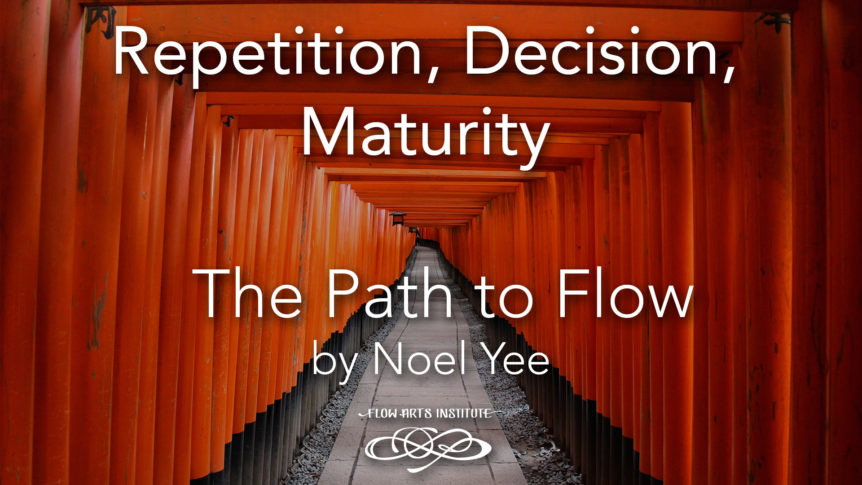

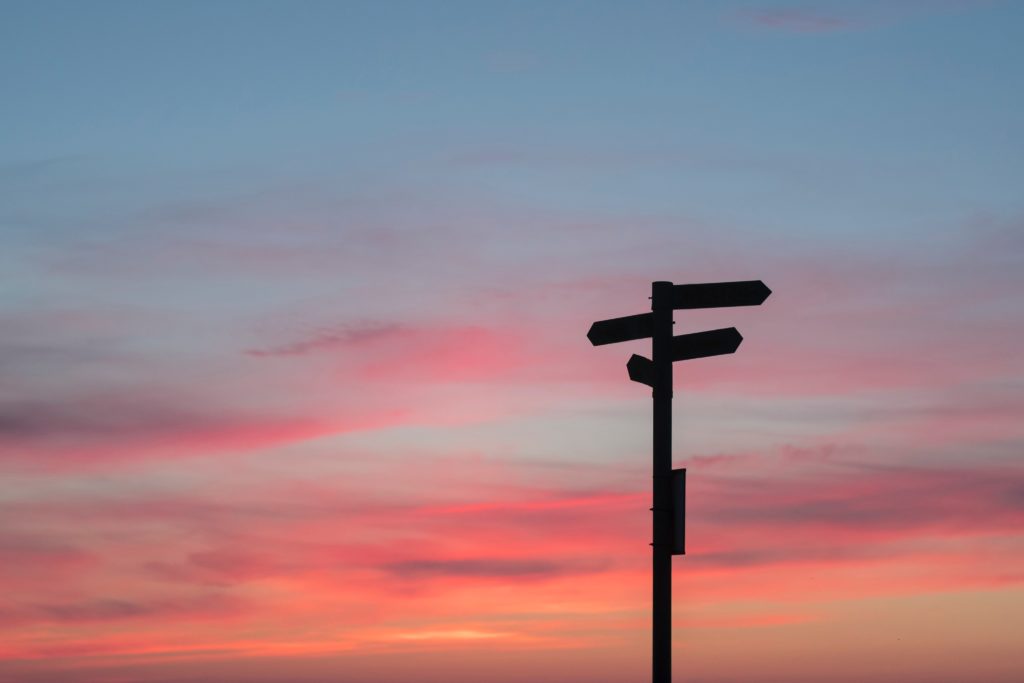
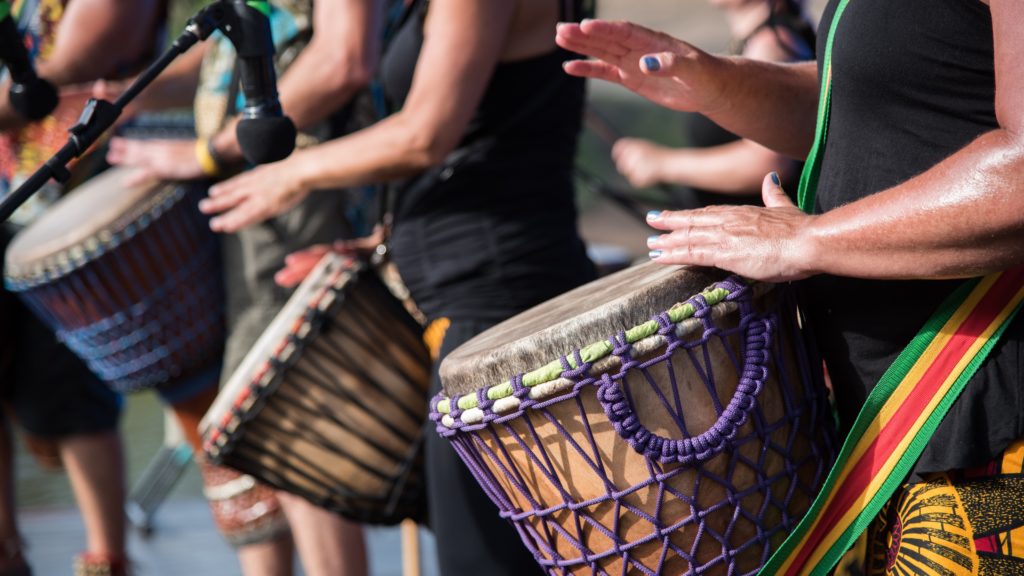
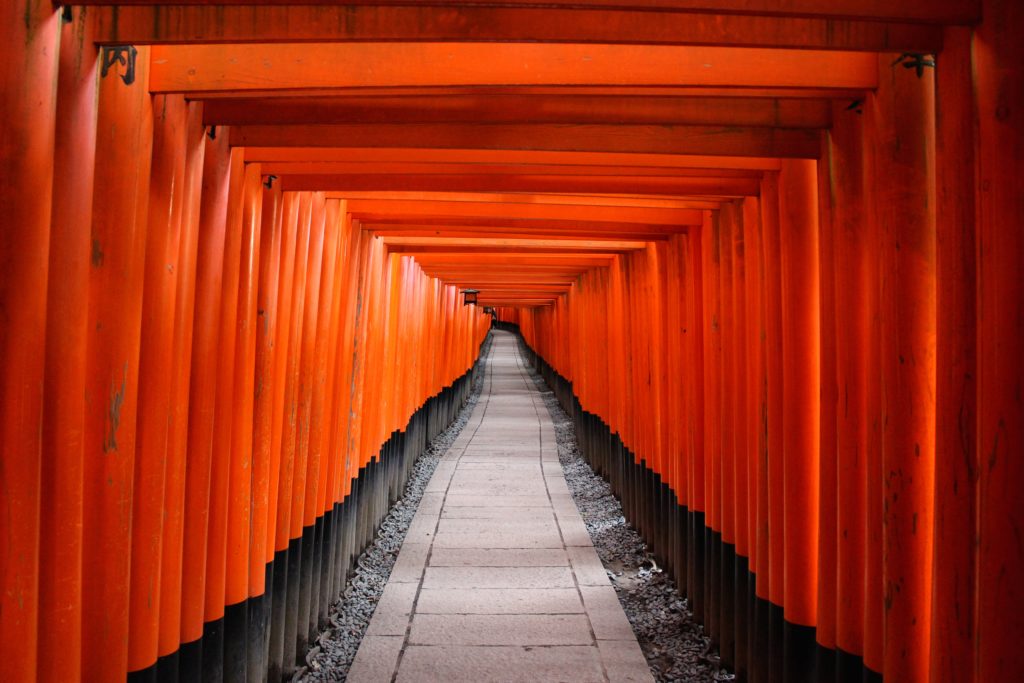
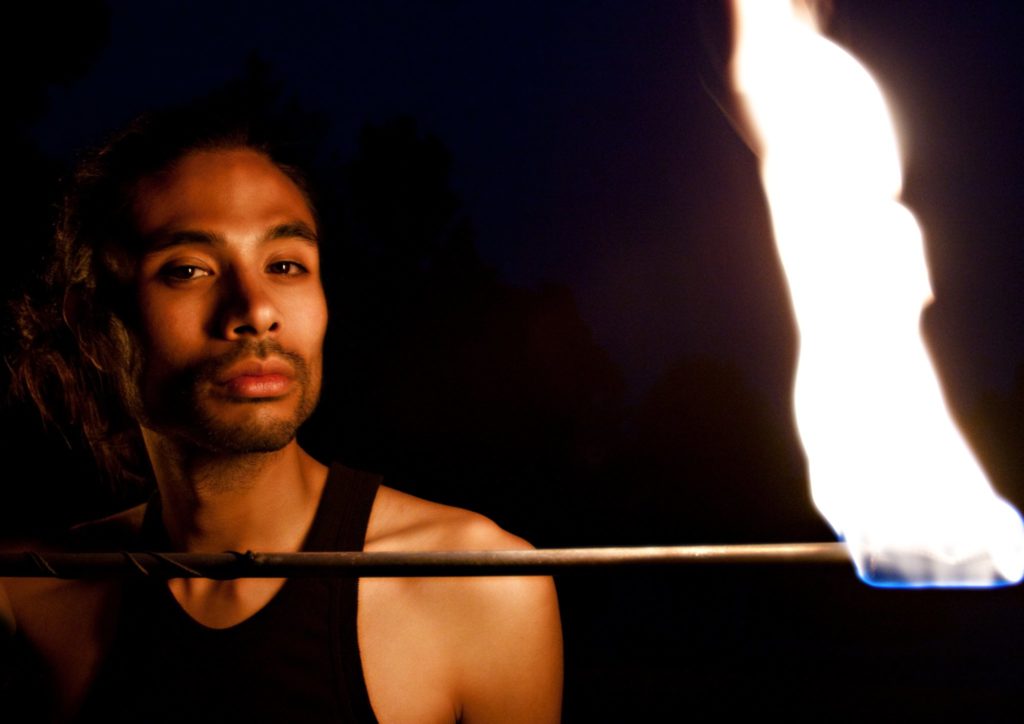
Comments 1
Thank you for this. I’ve always appreciated how much you your self have put into the world of flow arts !! Thank you much love !